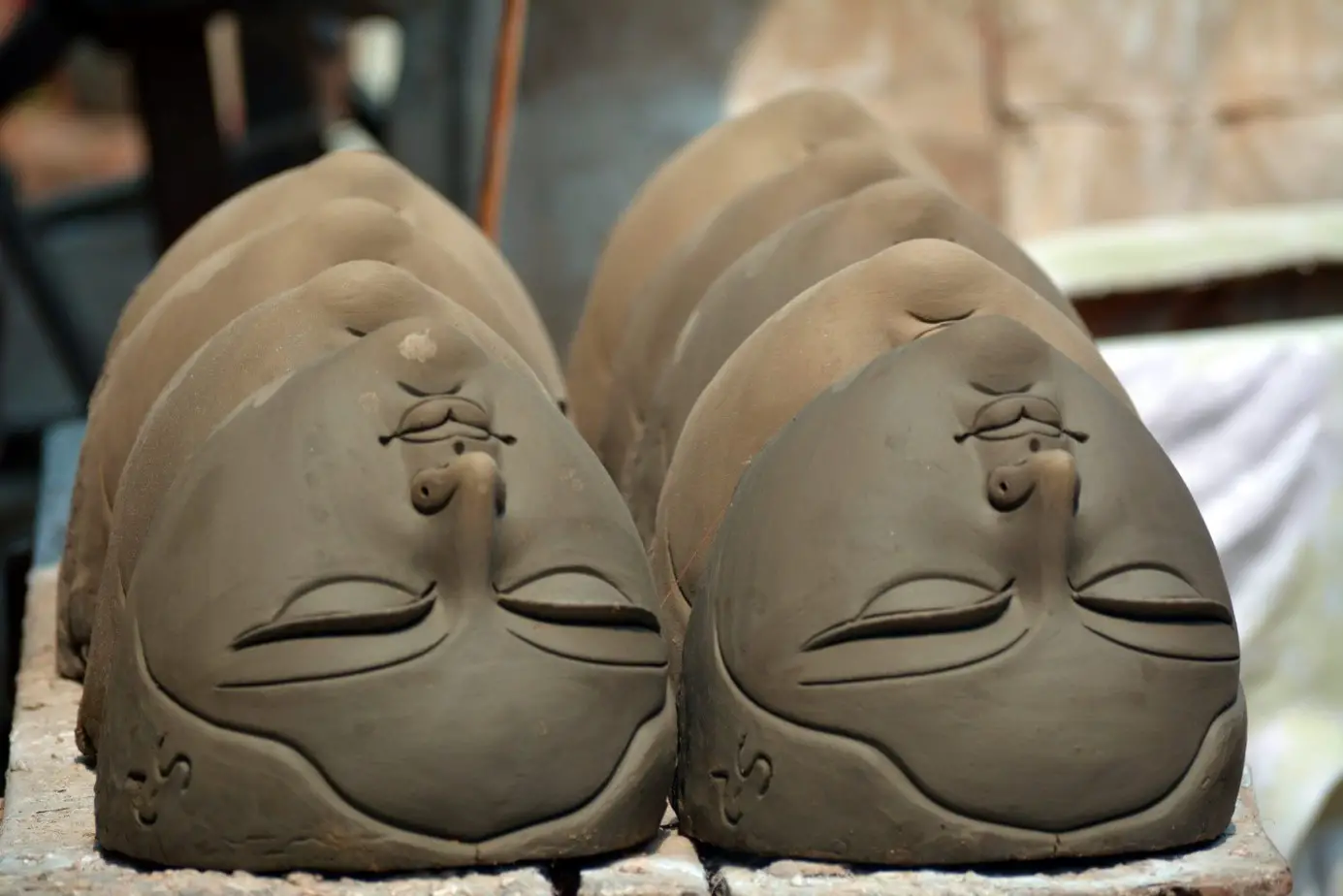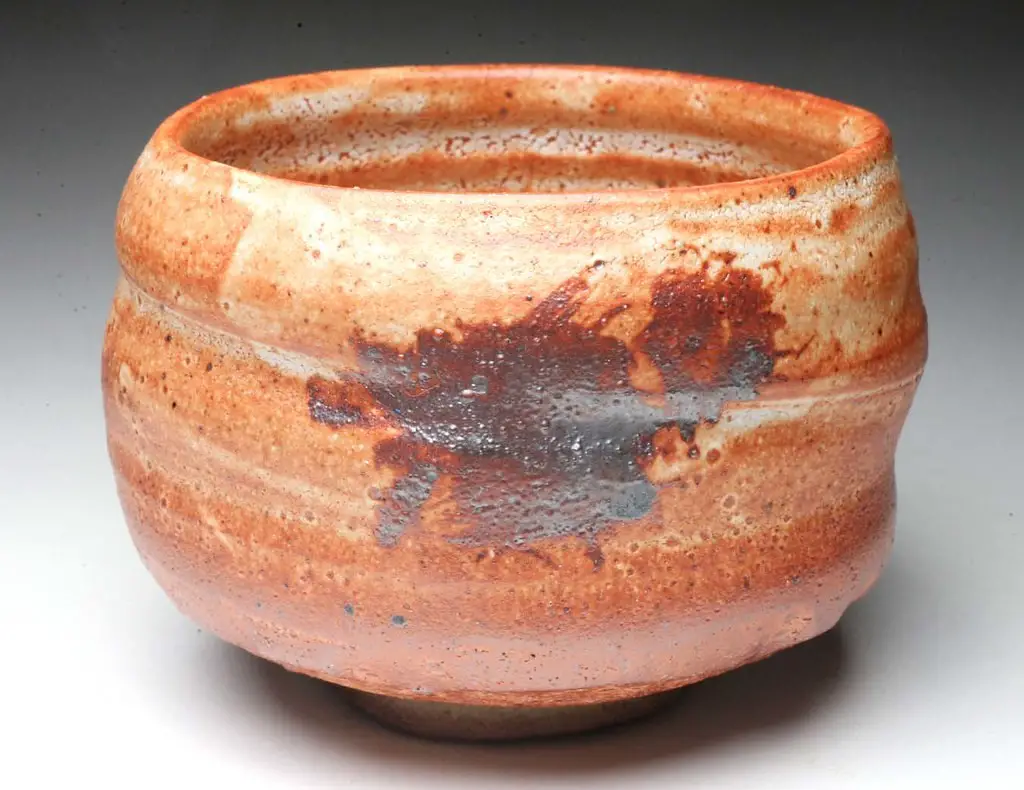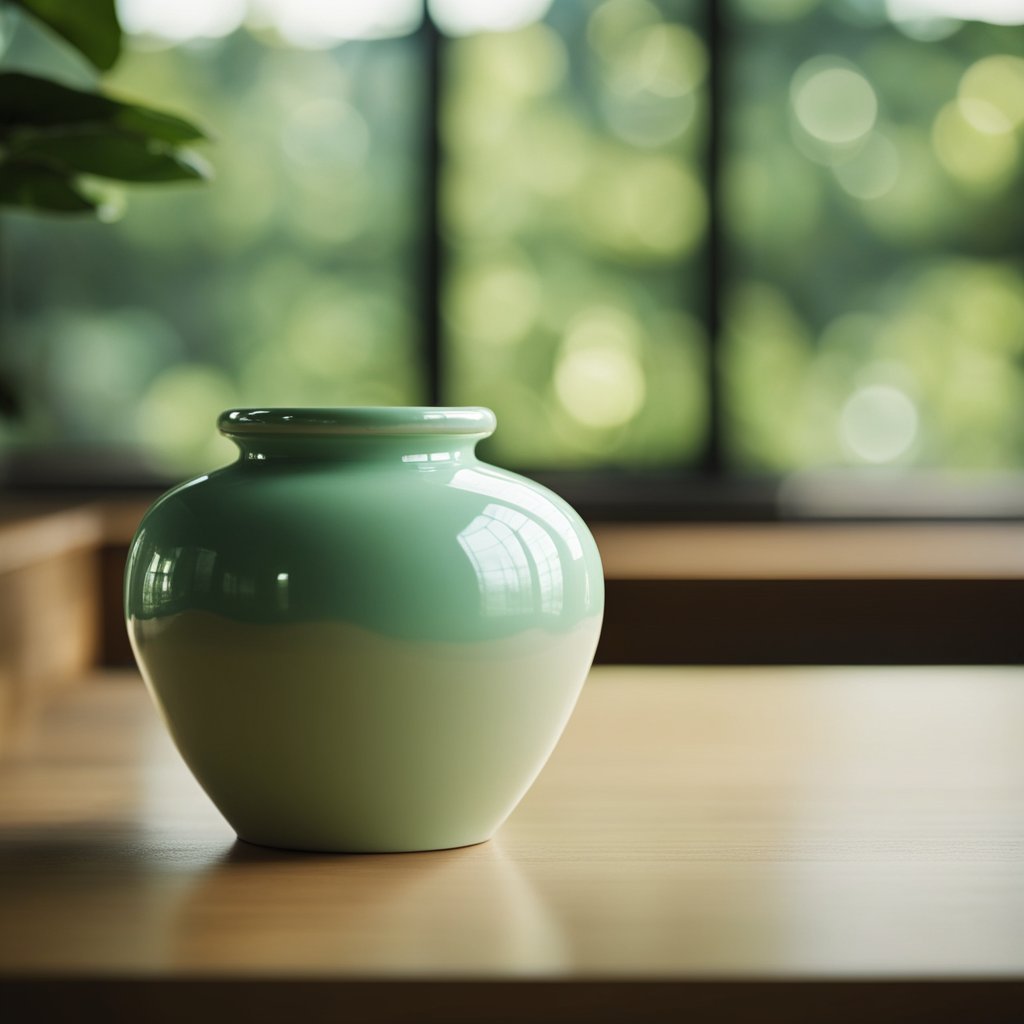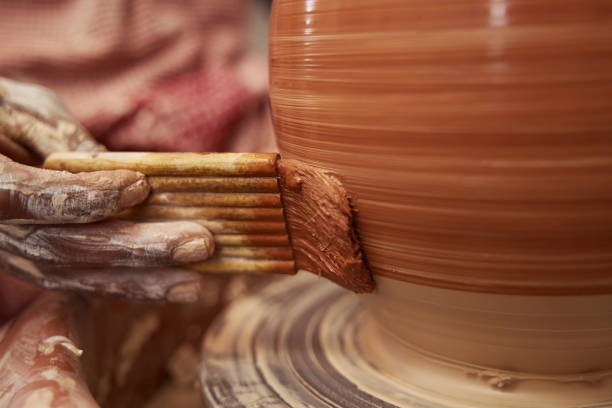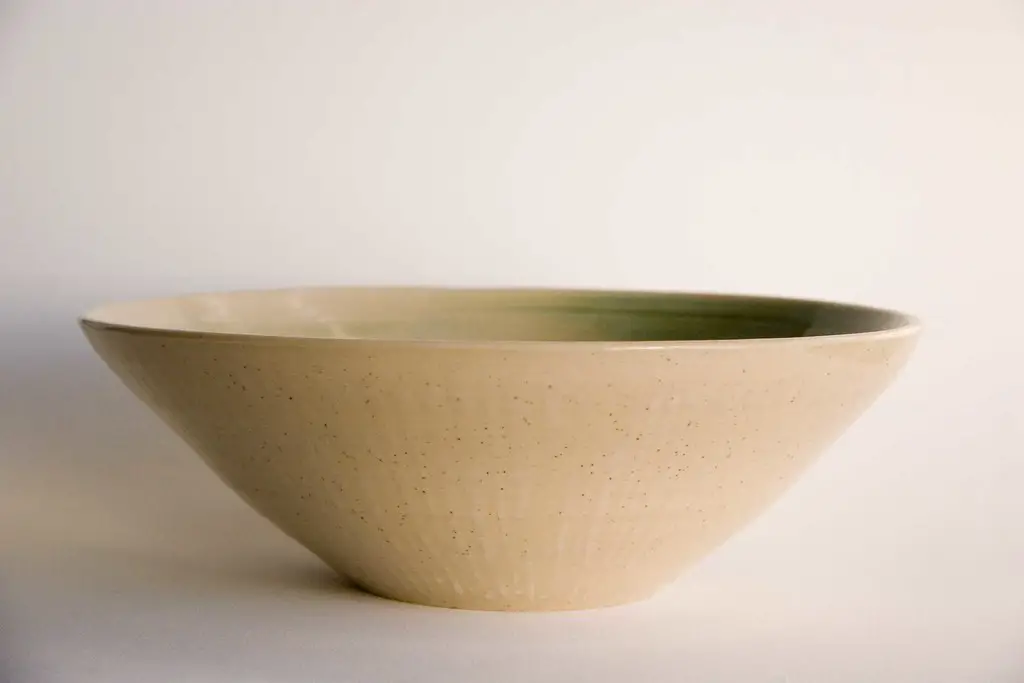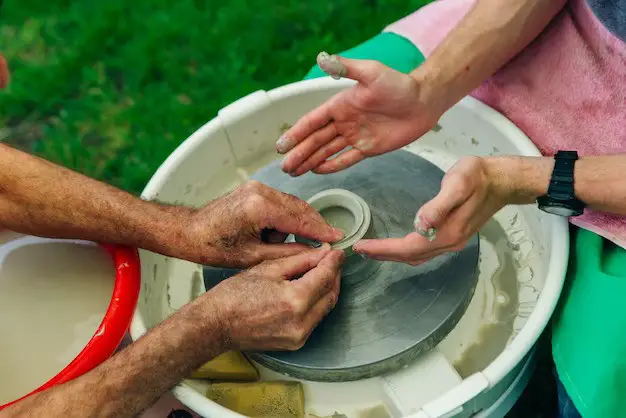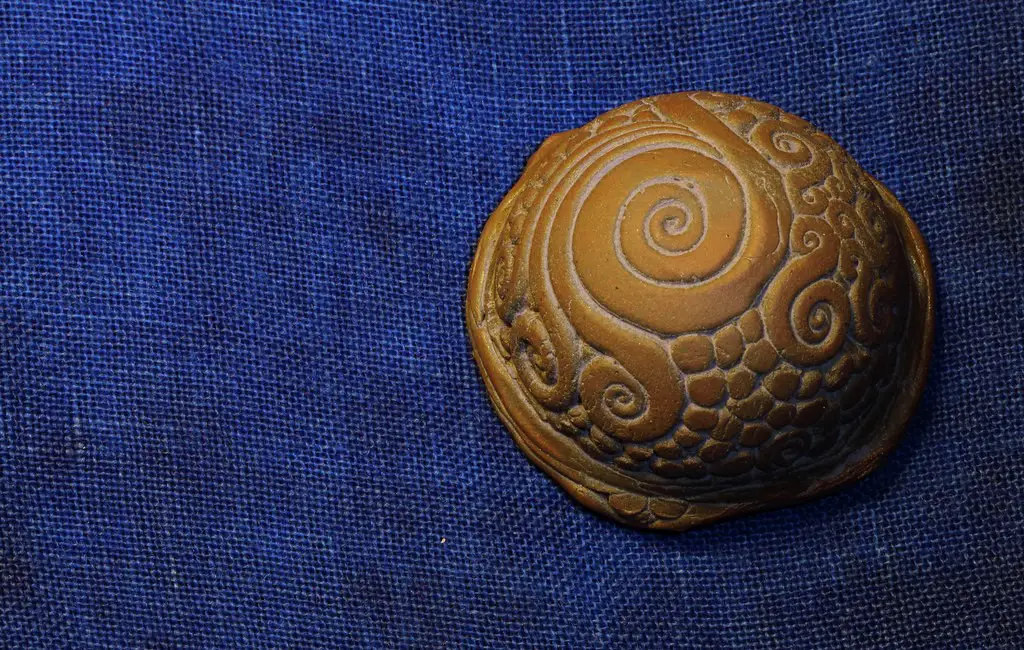Air-Dry Clay is an easy-to-use clay variant that is beginner-friendly with no kiln-firing required. The best thing about this clay is that it is smooth & isn’t as sticky when compared to traditional clay. While some say that air-dry clay can be a tad flimsy, this is far from the truth. When crafted with the right thickness and proper molding, air-dry clay can be just as strong as traditional clay.
Moreover, you don’t require any special equipment or tools to craft a piece with air-dry clay. It is perfect for crafters of any age. So, today we will check out a popular air-dry clay option in comparison with other choices in the market.
AMACO Air-Dry Clay vs. DAS Air-Dry Clay
The best thing about AMACO air-dry clay in comparison with DAS air-dry clay is that the latter isn’t as malleable. AMACO can easily be molded without much requirement for water or manipulation. However, DAS air-dry clay does require adding some water to enhance moldability.
DAS air-dry clay is comprised of fibrous & versatile paper. In comparison, AMACO air-dry clay has enough moisture to help you mold as soon as you open the package. It is very soft & pliable, making it easy to model and pinch. Moreover, AMACO also responds perfectly to the addition of water during clay scoring or as it dries.
DAS air-dry clay has a tad grey tint and isn’t completely white when it dries. However, AMACO dries out completely white unless you purchase its grey-tinted version. Also, achieving finer details with DAS air-dry clay can be a challenging escapade which isn’t the scene with AMACO air-dry clay. You might be better off using a high-quality carving tool or an X-Acto to create precise designs after the clay has dried off.
Both AMACO and DAS air-dry clay promise minimal shrinking during the crafting process. This means the end result for the project involves fewer or no cracks. While it is recommended that you top your project with the help of varnish or paint to strengthen and seal the creations, AMACO air-dry clay by itself is strong enough once completely dry.
AMACO Air-Dry Clay |
DAS Air-Dry Clay |
Ideal for hand-modeling, sculpting, & throwing |
Ideal for hand-modeling and Sculpting; Not meant for throwing |
It doesn’t necessarily require sealing but does well with shellac to make it waterproof |
Sealing is preferable to add strength to the clay material |
It dries out completely white |
It dries out a tad greyish |
Minimal shrinkage |
Minimal shrinkage |
Enables inclusion of precise designs with higher moldability |
Achieving precision in terms of design can be a tad difficult; Using a crafting knife is recommended |
AMACO Air-Dry Clay vs. Crayola Air-Dry Clay
Crayola air-dry clay is the perfect competitor of AMACO air-dry clay. The former dries out to give you a pristine white color while the latter surely dries out white, but the color is a tad dull. Both Crayola and AMACO air-dry clay are malleable and soft, making them easy to work with. So, you can coil, pinch, flatten, or form it into different sculptures.
These all-natural clay variants are safe for clay artists regardless of their age. Moreover, both AMACO and Crayola dry out within a term of 24 hours, depending on the thickness and size of the project. The one thing that separates AMACO and Crayola is the fact that the latter has a higher shrinkage rate. So, it is better to use Crayola for small projects while AMACO can be used for bigger projects. Moreover, Crayola can develop cracks if the project is thick. However, this isn’t something visible with AMACO regardless of the clay project’s thickness.
AMACO Air-Dry Clay |
Crayola Air-Dry Clay |
Dries out a duller white |
Dries out pristine, bright white |
Perfect for bigger projects |
Perfect for small projects |
It doesn’t crack even in thick projects |
It might crack if the project is thicker |
Less shrinkage rate |
Higher shrinkage rate |
Benefits of Working with AMACO Air-Dry Clay
1-Better Malleability:
AMACO air-dry clay, in comparison with its competitors, has a smoother texture that isn’t as sticky when compared to earthenware or similar clay variants that require kiln firing. The clay is easy to sculpt, manipulate, craft, and model. If the project requires you a longer time frame, you can surely add some water to increase the moldability. However, you need to ensure that you don’t add a lot of water.
Although you don’t need a lot of tools when working with air-dry clay, you can go for basic air-dry crafting tools. The eBoot Wooden Handle Clay Sculpting Tool is an ideal choice for air-dry crafters. This combination of 11 tools features a double-ended design with stainless steel material at the crafting end.
2-Added Durability:
AMACO air-dry clay is very durable in comparison to other brands available in the market. However, if you tend to roll the clay too thin, the durability is lost. So, the key is to get the perfect thickness without going too thick or too thin.
Crafted pieces with delicate, thin, & protruding parts can break down easily. So, to make it stronger, build the pieces thicker, which won’t crack with AMACO.
3-Non-Toxic:
The best thing about AMACO air-dry clay is the fact that it is non-toxic and created from all-natural ingredients. In comparison, epoxy-based air-dry clay tends to be cured via chemical reactions that can cause skin issues. This makes it ideal for people with sensitive skin as well as children.
AMACO also doesn’t contain any gluten like Crayola. So, if you are someone allergic to gluten, this air-dry clay is your perfect choice. This makes it especially safer for kids that have a habit of eating clay pieces.
Conclusion
While AMACO sure lacks some features, it sure is a great choice for beginners in need of a reliable air-dry clay variant. Moreover, the pricing factor makes up for anything it lacks in comparison to its competitors like DAS or Crayola air-dry clay. With no need for an oven or kiln for the curing process, simply start molding your clay and create some fabulous pieces without the need to invest a lot.

